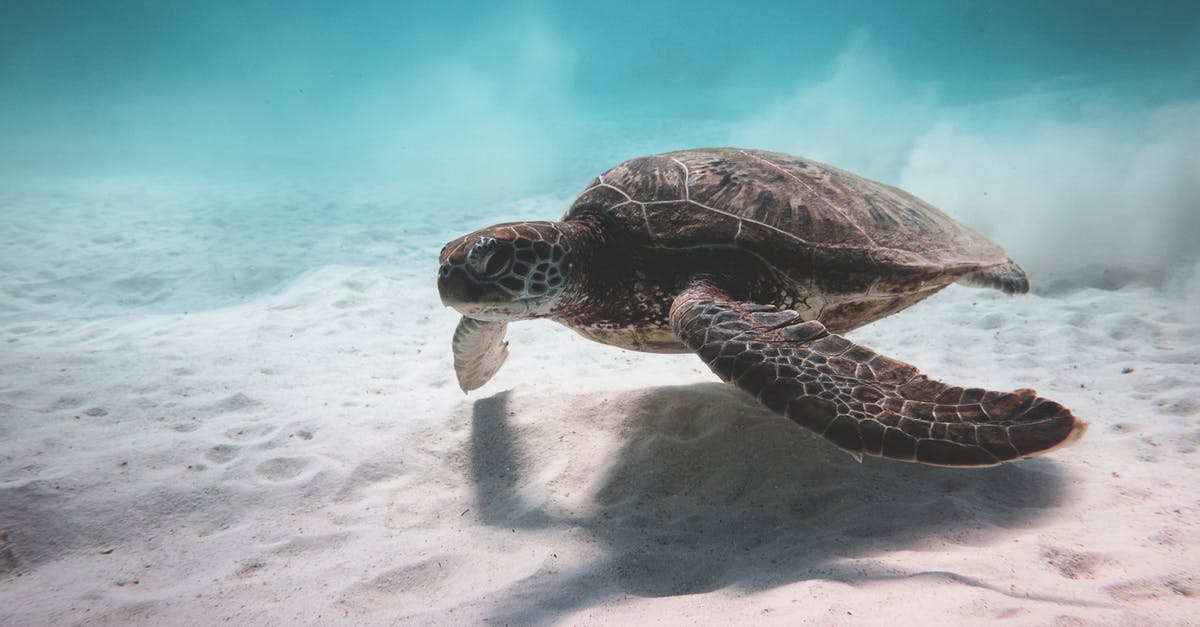When braising, how deep should I fill a single pot?

Mark Bittman's recipe for chicken Adobo says: "Combine the [ingredients] in a covered skillet or saucepan large enough to hold the chicken in one layer". The recipe calls for 3-4 pounds of chicken.
I'm wondering what is the reason that the chicken must fit in one layer. Is it to ensure that the cooking temperature does not vary too much from the bottom of the pot to the top?
I'm also wondering in general, for most recipes that involve stovetop cooking in liquid like braises, stews, chili, arroz con pollo, stroganoff, etc., is there a limit to how deep I should pile it in one pot? when it exceeds a certain depth, should I split it in 2 pots?
Extra info: My biggest cooking pot is 5.5 inches deep, has a 10 inch diameter, and has a fairly thick base. My stovetop has gas burners.
Best Answer
If you are simmering, boiling or poaching something, the depth does not matter. As long as your food is completely immersed in liquid, all the liquid has a sufficiently regular temperature due to convection, and it cooks well. So the stews you mention are no problem, you can fill the pot up to the brim.
Braising is a different beast entirely. In braising, you want the liquid to reach to the half of the food or a bit lower. Obviously, you can't do that if you stack your food. When you braise, the heat penetrates into the meat from all sides, but much quicker from below than from the sides (which are only steamed). The upper half still gets done early enough because of heat conducted from the hot bottom half. If you put a piece of meat on top of the first layer, 1) a much larger height (100% of it) is getting heated by steam only, not liquid, 2) the boundary between the two pieces of meat slows down conduction considerably, and 3) the heat which gets transferred bottom-up is much lower, as it is in contact with a piece of meat and not the pan bottom. So, a piece of meat on top will get much later to the desired temperature.
You can get away with it, if you are not after perfection and if you are cooking for long enough for both layers to cook through, but the degree of tenderness will still vary within the stew. So, if you are braising large chunks of meat or vegetables, do a single layer only.
If you are cooking a rice dish, or something with finely diced ingredients, it is again OK to make it deep, even if you are not covering them in liquid. In this case, you'll want to stir them a few times during the cooking. Don't stand there stirring all the time, it's counterproductive. Do it 2-3 times during the whole cook, but do it thoroughly, exchanging the "layers" as good as you can.
Pictures about "When braising, how deep should I fill a single pot?"



When braising how much liquid should you add to the pan?
Braising uses just enough liquid to come halfway to three-quarters of the way up the meat. Stewing, on the other hand, submerges the food in liquid (like a soup). Stews also generally call for the meat to be cut into small, uniform-sized pieces, whereas braised meat can be left whole in its original roast form.Does meat need to be submerged when braising?
Return the meat to the pot, with any accumulated juices and the broth. The meat should not be submerged--you're braising, not boiling, those lamb shanks! (adding too much broth will ultimately dilute the sauce.)How do you braise in a pot?
Covering the pan cooks the meat with steam, which speeds the process but produces less flavorful meat and sauce. Uncovered oven braising also allows the exposed meat to roast and brown. It does mean that you should turn the meat occasionally during cooking to ensure even browning and moist meat.6 Braising Mistakes Most Beginners Make
More answers regarding when braising, how deep should I fill a single pot?
Answer 2
One layer ensures even cooking. However, I can't say I've never sneaked another portion or two into the braising pot...with no ill effects. The important point is that you have a very moist environment. These kinds of recipes are fairly forgiving. One caveat...filling the pot too much could compromise the ingredients. You mention arroz con pollo. I could see over-stuffing the pot having a negative effect on the quality of your rice. So, in part, the answer depends on the recipe. In general, one layer is fairly useful advice.
Sources: Stack Exchange - This article follows the attribution requirements of Stack Exchange and is licensed under CC BY-SA 3.0.
Images: Lachlan Ross, Meruyert Gonullu, Lachlan Ross, Darya Sannikova
